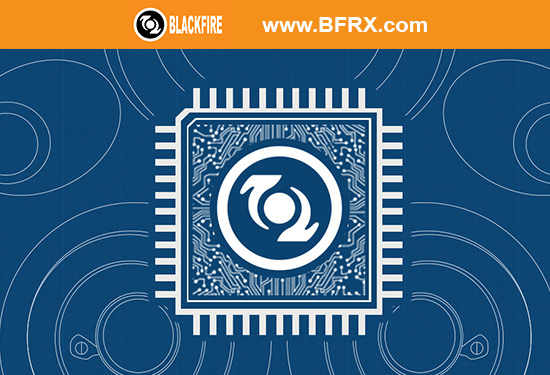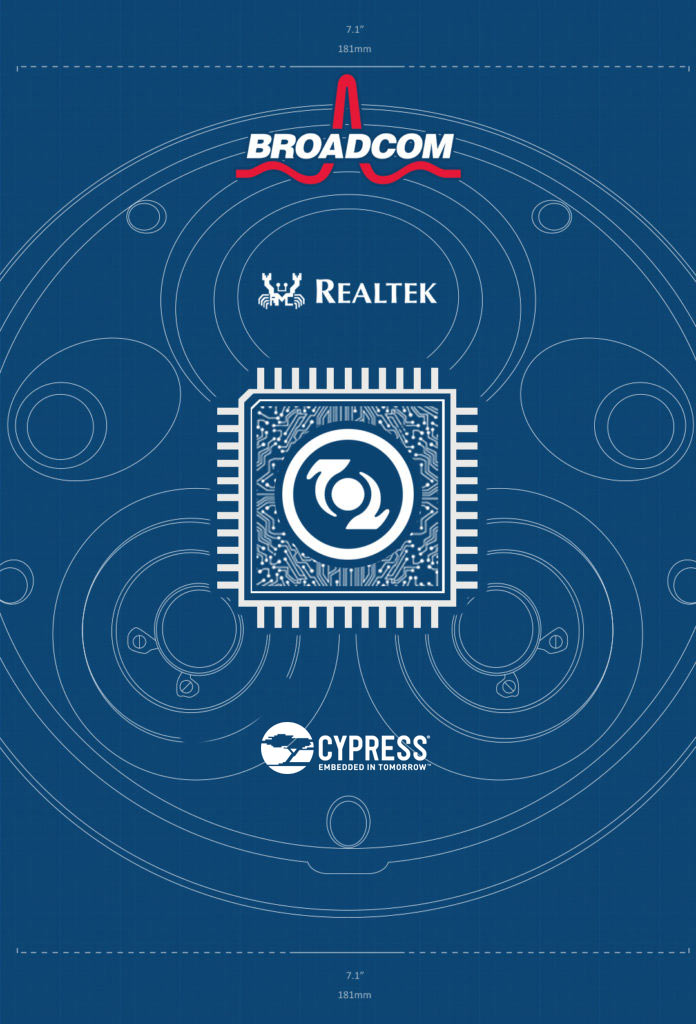At CES this year, many products on the show floor, from microwaves to automobiles, had either Alexa or Google Assistant (or both!) built in. And from what we saw, multiroom, Wi-Fi speakers were no exception. Since Amazon unveiled their flagship voice-activated smart speaker, Echo, in 2014, the audio industry has been drastically shaken. Although they don’t generally produce the best sound quality, smart speakers have become hugely popular. And now, many smart speakers are gaining hi-res audio abilities, like Google Home Max and Apple’s HomePod. And that’s got audio manufacturers worried. In a market dominated by smart speakers (in addition to the roll-out of smart speakers with enhanced audio abilities) CE companies have no choice but “to stay relevant in a Wi-Fi speaker market dominated by Amazon- and Google-branded smart speakers” by designing products that “feature microphones to detect voice commands and come with either Amazon Alexa or Google Assistant built in” (Sound and Vision).
While most audio manufacturers begin to launch multiroom Wi-Fi smart speakers that either incorporate or compete with Google and Amazon’s technology, here are a few key concepts to keep in mind:
Buffering Bummer
Most popular wireless speakers run on conventional Wi-Fi protocols which have to queue the data. This means that it takes several seconds for the first song to fill the buffer before it begins to play. While the first song plays, the system is already buffering the next song to minimize gaps. This is fine until you change the queue before the system can re-buffer. This certainly poses a problem for folks who want to use these wireless, smart speakers in a multiroom set up. Enter Real-Time Packet Management (RPM): the Blackfire solution to buffering. RPM uses a special multipoint, real-time feedback signal from each speaker to monitor the effects of noise on the audio data stream, which allows a much shorter queue and much less buffering.
Get In Sync
Regardless of how “smart” a Wi-Fi speaker is, problems will always arise when it comes to synchronizing multiple speakers in a multiroom set up. Problems facing a standard method of synchronization include: 1) performance that is tied to the performance of the network environment and 2) the more devices you have on a given network, the slower it runs, producing an extended lag between speakers and between your TV and the speakers – even total dropouts. Traffic Independant Synchronization (TIS) is Blackfire’s patented synchronization technology that can be used to sync any number of wireless devices, from multi speaker 5.1 audio systems, stereo systems, smart speakers, and even your entire home theater. Blackfire’s TIS technology always maintains latency between audio and video pairings and among the speakers themselves. And with TIS, the sync of the speakers will remain undisturbed by heavy network traffic.
Interfere Interference
Wireless, multi-speaker systems that use conventional Wi-Fi protocols are more susceptible to interference and heavy network traffic, which causes music to break up and for speakers to go out of sync. Dynamic Stream Balancing (DSB) is the way Blackfire makes the best use of the available Wi-Fi bandwidth. DSB monitors special multipoint, real-time feedback signals from each speaker to identify the effect of noise on the audio data stream. By precisely identifying which packets are statistically most likely to be affected, DSB uses the available Wi-Fi bandwidth to selectively, and predictively, resend data to the most vulnerable speaker before interference can cause any audible drop out.
The Blackfire Realtime Entertainment Distribution (RED) framework
Combining individual entertainment systems to work together (to create a truly connected smart home) is non trivial – it requires precise synchronization, low latency for lip sync and a general reliability over standard Wi-Fi (the best and most commonly used communication protocol for the home.) With The Blackfire Realtime Entertainment Distribution (RED) framework embedded into wireless smart speakers, users can finally enjoy a truly connected home. With voice commands, you can ask any Blackfire enabled device to play music, wirelessly and synchronously throughout the home, in groups, and on multiple devices. The Blackfire RED framework also supports low latency and multi-channel, which other wireless solutions do not.
Voice service solutions require a high performance, multi-room solution like the Blackfire RED framework, which can allow multiple devices to respond to voice commands, simultaneously, and can be integrated into a broad spectrum of high quality voice service applications.
The Blackfire RED framework enhances the performance of smart speakers and does what no other solution has done before. Our partners have already stepped into the future, leveraging Blackfire’s technology in their products. Now is your chance, too. Join the Blackfire revolution today.











